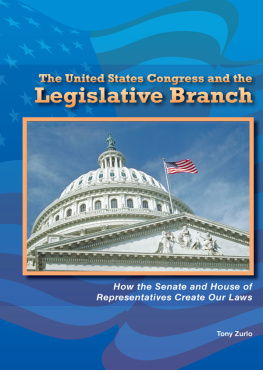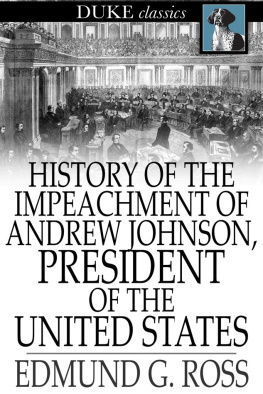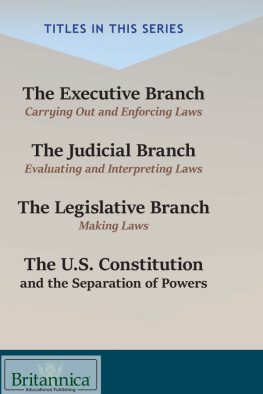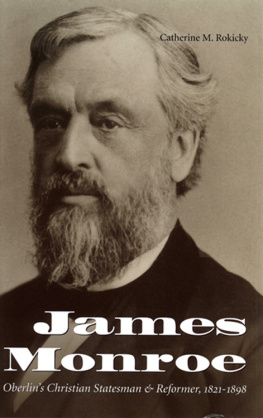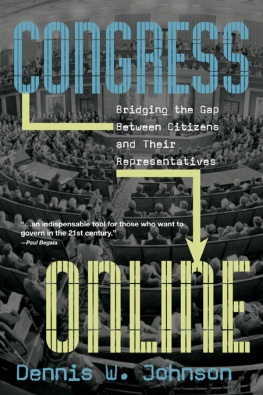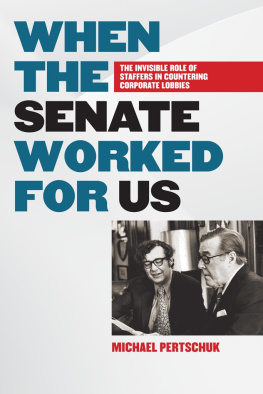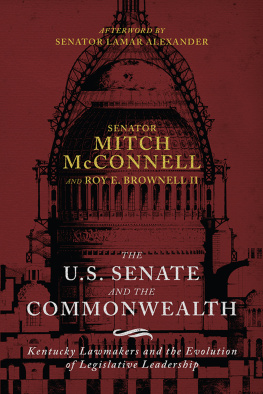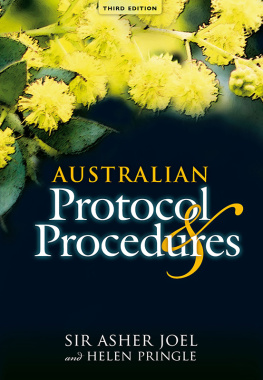Passing laws that govern the nation
Every year the two chambers of the United States Congress meet to discuss, propose and vote on laws that will govern the lives of Americans. Read and learn about the structure and responsibilities of the United States Senate and House of Representatives.
About the Author
Tony Zurlo is a published author of books for children and young adults. He teaches wr iting, American literature, and non-western literature and culture at Tarrant County College Southeast. Among his books for Enslow Publishers, Inc., is Syria in the News: Past, Present, and Future.

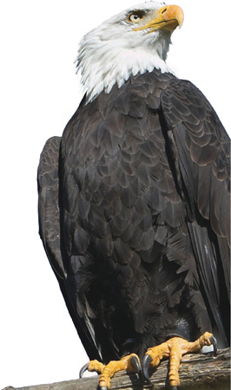
Image Credit: Corel Corporation
On September 11, 2001, al-Qaeda terrorists attacked New Yorks World Trade Center and the Pentagon in Arlington, Virginia. Americans, and most of the world, called for the destruction of al-Qaeda. Senator Richard Shelby of Alabama, the top Republican on the Senate Intelligence Committee, declared, [W]ere gonna hunt you [al-Qaeda terrorists] down and were gonna find you and were gonna make you pay that price.
The Constitution gives Congress the duty of declaring war. As commander in chief of the military, the presidents job is to manage how a war is fought. As a rule, presidents ask Congress to vote to go to war. In the past, the United States fought wars against countries that attacked America or our allies. After 9/11, Americans faced an enemy with loyalty to no country. This was, as Senator John Kerry of Massachusetts said, a completely new, different kind of war from any weve fought previously.
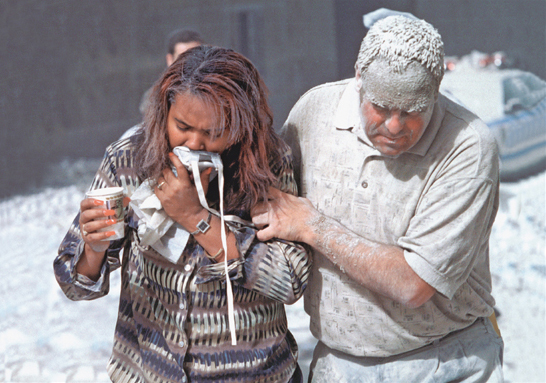
Image Credit: Library of Congress
A man covered with ashes aids a woman who is having trouble breathing after the attacks on the World Trade Center on September 11, 2001. The 9/11 attacks initiated a flurry of legislation in Congress.
The Taliban government in Afghanistan sheltered al-Qaeda. So, Congress backed President Bushs plan to go after the Taliban. Many nations joined the United States to defeat the Taliban in December 2001. But al-Qaeda survived. Its leaders hid in the mountains that border Afghanistan and Pakistan.
For the next year, the Bush government said Iraq was tied to the 9/11 attackers. The administration also said that Iraq had weapons of mass destruction (WMD). They feared that Iraq might offer WMD to al-Qaeda for future strikes against Americans. Most of Congress believed the president and his advisors. So Congress passed the Authorization for Use of Military Force Against Iraq (AUMF) Resolution in October 2002. The bill permits the president to use military force against Iraq. So on March 10, 2003, United States forces invaded Iraq.
Congress passed the Foreign Intelligence Surveillance Act (FISA) in October 1978. The intent of the act was to limit the presidents power to spy on Americans in this country. FISA requires the president to get a warrant from a special court called the United States Foreign Intelligence Surveillance Court (FISC) within seventy-two hours of starting a surveillance.
The 9/11 terrorists lived in the United States when they attacked. Americans questioned why officials had not discovered the terrorists before they struck. So in October 2001, Congress passed the Patriot Act to help the government find terrorists.
The Patriot Act amended parts of FISA. The FBIs budget to fight terrorists was increased. The act also made it easier for the FBI to record suspects messages. It also gave more freedom to law enforcement across the United States. They could now share personal information about terror suspects. The act also helped the government track down those who financed terrorism.
The Patriot Act was only part of the governments plan to find terrorists. The president set up a secret plan in early 2002 to find terrorists plotting within our borders. He wanted the ability to act quickly without telling Congress or the courts.
The Terrorist Surveillance Program (TSP) gave more power to the National Security Agency (NSA). Until then, the NSA could only spy on potential enemies overseas. The program allowed the NSA to monitor and record international phone calls and e-mails of people living in the United States with suspected ties to al-Qaeda. The program was kept secret so that terrorists would not know about it.
In December 2005, the New York Times exposed the TSP in a front-page story.
Many members of Congress were skeptical. They claimed the president had no right to spy on Americans in the United States without permission from a judge. Members of Congress said they had a duty to monitor any program that deals with Americans freedoms.
Many Americans believe that the TSP violates the Fourth Amendment, which says Americans are safe from unreasonable searches and seizures by the government. Officials must obtain written permission from a judge that describes the suspicious activity, the place to be searched, and the persons or things to be seized.
Until the end of 2005, Congress backed President Bush in the fight against terrorism. But in early 2006, Congress began to question the Presidents plans. The press wrote about a government plan to allow a business owned by the United Arab Emirates (UAE) to manage parts of some American ports. The business was called Dubai Ports World (DP World).
At first, the press listed the ports of New York, New Jersey, Philadelphia, Baltimore, Miami, and New Orleans. Soon the press learned that DP Worlds job would be more extensive. DP World would also gain control over the loading and unloading of ships in nearly two dozen other ports in the United States from Maine to Texas.
Members of Congress heard from thousands of concerned voters. They wondered if a UAE-owned company would expose American ports to terrorists. Two of the 9/11 hijackers were from the UAE. And more than half of the money used by nineteen 9/11 hijackers ($125,000) had come from banks in Dubai. The press revealed that Iran, Libya, and North Korea got much of their nuclear technology through a Dubai firm. These concerns led Congress to propose legislation that would forbid the deal. As a result, DP World decided to sell all of its interests in United States ports.
The TSP and DP World conflicts raised the issue of checks and balances. The Founding Fathers sought to prevent any one person or group from having unlimited power. So they gave each branch of government power to check the other branches.
Presidents tend to have more power in time of war. People want Congress to back the president in fights against an enemy. But in times of peace, Congress often demands a strong voice in making national policies.
In the spring of 2006, Congress tried to reclaim its influence over foreign policy. Bush and his supporters continued to resist. They believe presidents should have more power to act without consulting Congress, even when there is no declared war. Members of Congress insist that the Constitution gives them an equal voice in decisions about national issues.
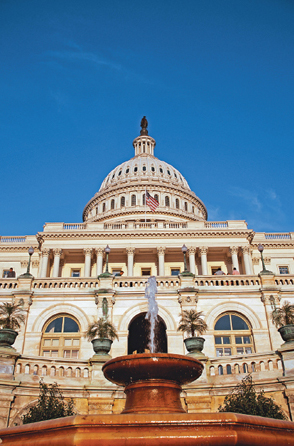
Image Credit: 1999 PhotoDisc
The Capitol building, with its famous rotunda, is one of the most majestic looking government buildings in the entire world.

